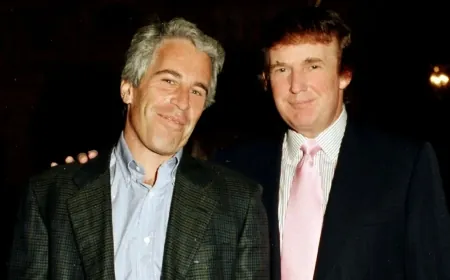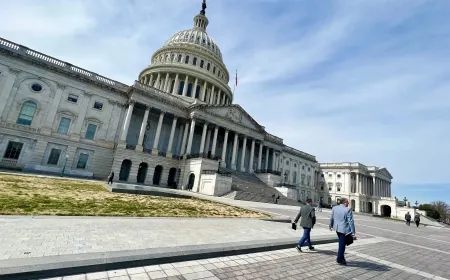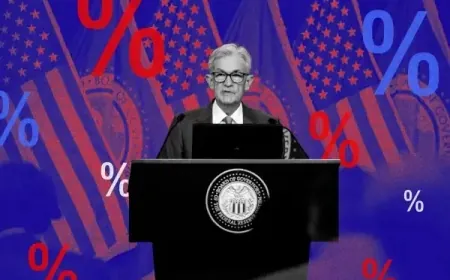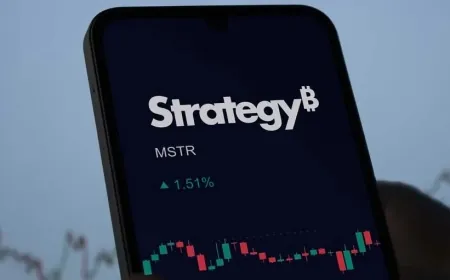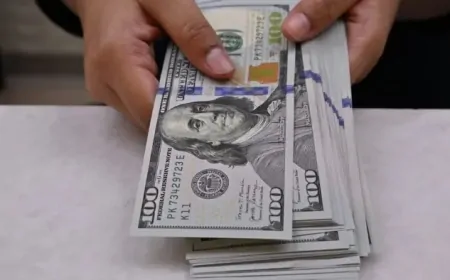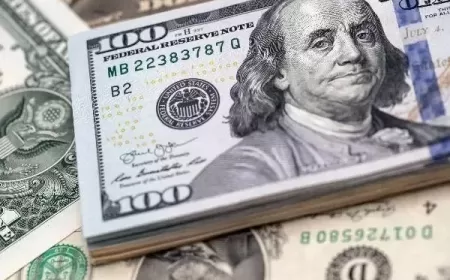Indian SMEs and Jobs at Risk After U.S. Imposes 50% Tariffs
U.S. imposes 50% tariffs on Indian goods, threatening $48B in exports including textiles, leather, and jewelry. SMEs and jobs may be affected.
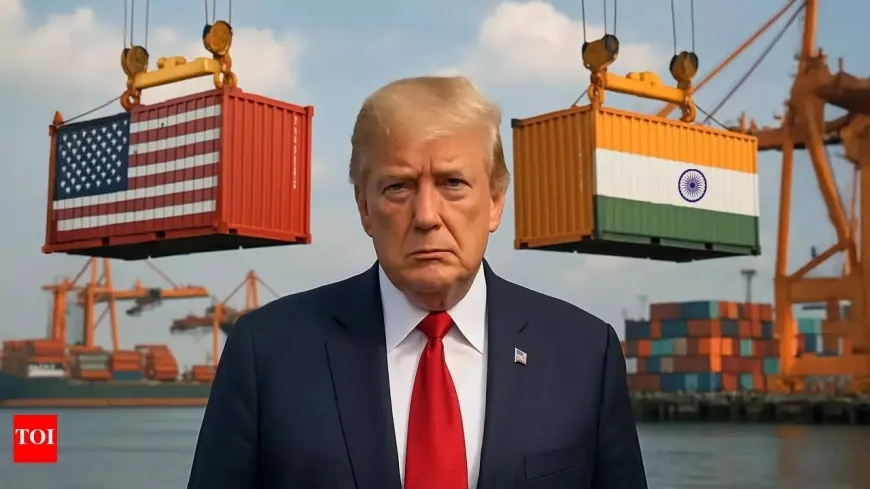
New Delhi – India faces a major challenge to its export sector as the United States imposes high tariffs on a broad range of Indian goods. Effective Wednesday, these new duties could affect more than half of India’s exports to its largest trading partner, highlighting the fragile nature of India-U.S. trade relations.
The U.S. government, pointing to India’s recent imports of Russian oil, has raised the total tariff on Indian goods to 50%, up from the previously announced 25%. Indian officials estimate that this move could disrupt exports worth $48.2 billion, potentially making shipments to the U.S. economically unviable. The measure also threatens employment in industries heavily reliant on exports, including textiles, leather, gems, and automobiles, raising concerns about the broader impact on India’s trade-driven economy.
Sectors Most Vulnerable to U.S. Tariffs
A recent analysis by the New Delhi-based think tank, Global Trade Research Initiative, highlights that labor-intensive sectors are likely to be hit hardest by the new U.S. tariffs. The industries expected to feel the greatest impact include:
-
Textiles and apparel
-
Gems and jewelry
-
Leather products
-
Automobiles
-
Processed food items
Ajay Srivastava, founder of the think tank and a former trade official, described the tariffs as more than a routine trade disruption. “This escalation is a strategic shock that could undermine India’s long-established presence in the U.S. market,” he said. Srivastava warned that key export hubs could face rising unemployment and that India’s role in global manufacturing and industrial supply chains may be weakened.
Some sectors have received temporary relief, as the U.S. has exempted pharmaceuticals and electronics, areas where India maintains significant export volumes. These exemptions provide limited cushioning but do not offset the broader economic risks posed by the tariffs.
Exporters Warn of Immediate Impact
Exporters in India’s major manufacturing hubs are already feeling the pressure from the new U.S. tariffs. Puran Dawar, a leather footwear manufacturer based in Agra whose clients include leading international fashion brands, described the move as “an absolute shock.” He added that sales could decline sharply unless domestic demand increases or other overseas markets absorb Indian goods.
Ajay Sahai, director general of the Federation of Indian Export Organisations (FIEO), emphasized the risks for small and medium enterprises (SMEs). “Several product lines could become commercially unviable almost overnight, leaving SMEs highly vulnerable,” he said. The concerns reflect broader anxiety among exporters about revenue losses, rising unemployment, and the potential long-term impact on India’s trade-driven industries.
India Blocks U.S. Access to Agriculture and Dairy
The tariffs coincide with renewed U.S. demands for access to India’s agriculture and dairy markets. Despite five rounds of bilateral negotiations, India has resisted opening these sectors to cheaper imports, citing concerns about the livelihoods of millions dependent on farming and dairy.
Prime Minister Narendra Modi reiterated that the government will protect these sectors: “The interests of farmers, small businesses, and dairy producers are paramount. We will not compromise their security,” he said during a rally in Gujarat. Modi also criticized what he called “economic selfishness” in international trade.
Plans for a sixth round of U.S.-India trade talks were canceled, reflecting growing strain in the relationship.
Government Measures to Cushion the Impact
In response, India is implementing domestic reforms to support consumption and maintain economic stability:
-
Tax adjustments: Modifications to the goods and services tax (GST) aim to lower costs for cars, appliances, and insurance ahead of Diwali.
-
Financial incentives: The trade and finance ministries are evaluating favorable bank loan rates for exporters.
-
Market diversification: India plans to expand exports to Latin America, Africa, Southeast Asia, and pursue renewed trade talks with the European Union to reduce reliance on the U.S. market.
These measures aim to buffer the economy against sudden trade shocks and safeguard growth while protecting employment in critical sectors.
Also Read: Trump Says Modi is a Friend but India is Unfair on Trade, Tariffs, and Global Alliances
